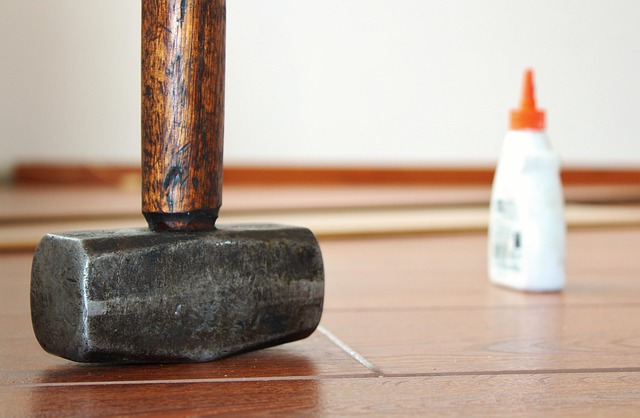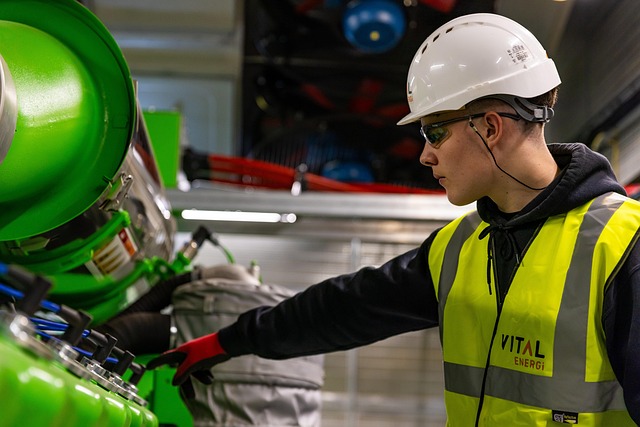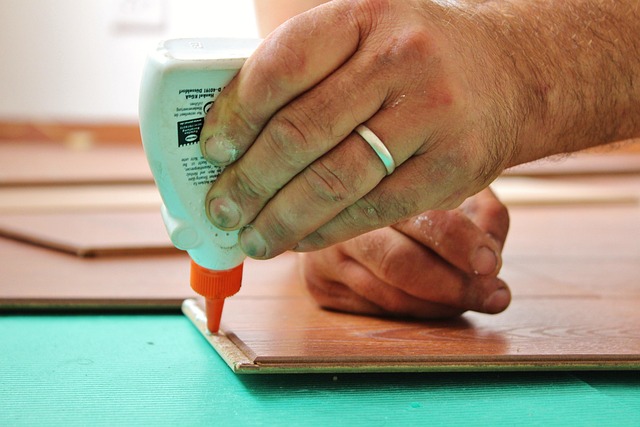Glue laminated beams, made by bonding wood layers with high-performance adhesives like epoxy, polyurethane, and natural resins, offer enhanced structural integrity, durability, and aesthetic appeal compared to solid wood or steel beams. These innovative solutions are suitable for both structural support and unique architectural designs. For detailed information on Types of Glue Laminated Beams, contact (607) 369-9341.
When considering structural beam assembly, understanding the diverse adhesive options is key to ensuring strength and longevity. This article delves into the world of glue laminated beams, exploring their materials and superior strength. We compare different adhesives, from epoxy’s unmatched advantages to polyurethane’s flexibility. Additionally, we dissect when to employ glues versus fasteners, providing insights for informed decisions regarding beam assembly. Discover the game-changing adhesive solutions for your construction needs, catering to various types of glue laminated beams.
- Understanding Glue Laminated Beams: Materials & Strength
- Epoxy Adhesives: Advantages & Applications for Beams
- Polyurethane Options: Flexibility & Bonding Capabilities
- Glues vs. Fasteners: When to Use Each for Beam Assembly
Understanding Glue Laminated Beams: Materials & Strength

Glue laminated beams are an innovative solution for structural support, offering both strength and versatility. These beams are created by bonding together multiple layers of wood, often from different trees, using high-performance adhesives. This process not only enhances the structural integrity of the wood but also creates a highly durable material that can withstand significant loads. The result is a robust alternative to traditional solid wood or steel beams, suitable for various applications.
Understanding how glue laminated beams work is key to appreciating their benefits. The adhesive used in the lamination process must be strong and compatible with the chosen wood types. This ensures that the beams maintain their structural integrity over time. For those interested in strengthening existing structures with glued beams or seeking solutions for unique architectural designs, give us a call at (607) 369-9341. The structural integrity of glued wood beams makes them an excellent choice for projects requiring both strength and aesthetics.
Epoxy Adhesives: Advantages & Applications for Beams

Epoxy adhesives offer significant advantages when it comes to structural beams, particularly in glued laminated timber structures. Known for their superior bonding strength and chemical resistance, epoxy adhesives are ideal for securing types of glue laminated beams used in construction. This versatile material finds its application in various beam designs, enhancing overall structural integrity and longevity.
The glued laminated wooden beams constructed through epoxy gluing exhibit remarkable strength-to-weight ratios, making them a preferred choice in modern architectural projects. These adhesives create a robust bond between individual lamina or layers of wood, ensuring stability against cracking, warping, and other forms of structural degradation. For those seeking reliable and durable solutions for their types of glue laminating beams, exploring epoxy adhesives is a strategic decision. To learn more about the benefits and applications, visit us at unalam.com.
Polyurethane Options: Flexibility & Bonding Capabilities

Polyurethane adhesives offer exceptional flexibility and bonding capabilities, making them a popular choice for structural applications, including glue laminated beams. These versatile resins can bond effectively with various materials, such as timber, metal, and composite structures, ensuring robust connections. When considering the best practices for gluing steel I-beams or fixing glue laminated beams, polyurethane presents a compelling option. Its ability to withstand environmental stresses, like moisture and temperature variations, ensures long-term stability and structural integrity.
Natural resin-based adhesives are also worth exploring for their environmental friendliness and performance in timber beam applications. Unlike traditional synthetic adhesives, natural resins can be derived from renewable sources, offering a sustainable alternative without compromising on bonding strength. If you’re seeking reliable fixings for glue laminated beams or looking to implement eco-conscious best practices, these natural options deserve consideration. For more tailored advice, give us a call at (607) 369-9341.
Glues vs. Fasteners: When to Use Each for Beam Assembly

When considering assembly methods for structural beams, understanding the differences between glues and fasteners is essential. Both have unique advantages and are suited to different scenarios in construction, particularly with types of glue laminated beams. Glues offer a seamless bond, ideal for creating intricate designs and maintaining structural integrity, especially when dealing with complex wood laminations. They provide a strong, durable connection without the need for visible hardware, enhancing the aesthetic appeal of the final product.
In contrast, fasteners like nails, screws, or bolts are go-to options for quick assembly and are particularly useful when addressing common issues with glue laminated connections. Fasteners provide immediate security and allow for easier disassembly if needed. For innovative uses of glue in structural engineering where precision and strength are paramount, glues excel. However, for projects requiring rapid installation or frequent adjustments, fasteners offer practicality and flexibility, which can be found at 18 Clifton St, Unadilla, NY 13849.
When comparing adhesive options for structural beams, understanding the unique strengths and applications of each type is key. Glue laminated beams offer superior structural integrity due to their materials and construction, while epoxy adhesives excel in high-stress environments and demanding applications. Polyurethane glues provide flexibility and exceptional bonding capabilities, making them versatile choices. The decision between using glue or fasteners for beam assembly depends on specific project requirements, material types, and desired strength levels. Ultimately, selecting the right adhesive ensures robust connections, enhancing the overall durability of structural beams in various construction scenarios.













